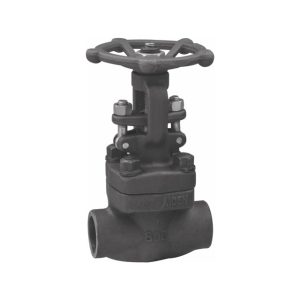These valves are designed to control the flow of fluid in a pipeline. Their unique function is to open when the bore of the valve is aligned with the pipeline and close when the bore is perpendicular to the flow of fluid. These valves are not well suited for throttling flow, but their open/closed state makes them simple to understand.
A ball valve has a ball-shaped closure element. The valve seat holds the ball in place, and it is compressed by a quarter-turn of an actuator. When the valve is closed, the ball is pressed against the downstream seat, preventing the media from passing through. Ball valves are used to control the flow of various media. In addition to controlling flow, they can provide bi-directional shut-off.
Ball valves are generally made of metal. Stainless steel, copper, brass, bronze, and bronze are common materials for valves. However, the type of material used for the valve body and actuator depends on the application.
If you want to know more about a ball valve and its uses, continue reading this article.
What Are Ball Valves Used For?
Ball valves are used to control fluid flow in various applications. They are useful in industries that require high sanitation standards, such as the food, pharmaceutical, and bioprocessing industries. These valves are also suited for applications involving solid-liquid mixtures, such as slurries. Despite their many advantages, they are still not suitable for every application.
Ball valves can be divided into two types. Full-bore and reduced-bore. Full-bore ball valves have a diameter equal to the pipe and are generally larger than reduced-bore valves. However, full-bore valves tend to be more expensive than reduced-bore ball valves. Reducing-bore ball valves, on the other hand, typically have a one-piece body and a smaller bore.
The types of ball valves depend on the application and use. For example, the type of fluid to be filtered determines which materials should be used for the valve’s components. In addition, the type of actuation determines which materials are suitable for its components. Other factors to consider are the operating torque and body size. These factors will help you determine which type of ball valve is right for your needs. There are many types of ball valves, so it’s important to consider your needs when choosing the right one.
The three major applications of ball valves are to control the flow of oil and water in hydraulic systems. Choosing the right type of valve will ensure optimal performance.
A floating ball is the most common type of ball in a ball valve. It floats inside the valve and has no fixed position, and is free to move laterally when in its closed position. Its connection to the shaft in the valve on one end prevents movement when the valve is in its open position. Floating balls are best for applications that need to control the flow of fluids. They are often used in industrial settings, but they are also suitable for high-volume applications.
Full-port ball valves have a diameter matching the pipe. They do not restrict flow. They are ideal for applications where pigging is necessary. A full-port ball valve is best suited for piping applications where pigging is required. These valves are used in the petrochemical, chemical, and refining industries. A reduced-port ball valve is smaller and lighter than a full-port valve.
The type of ball valve you buy will likely determine how much you’ll be spending. One-piece ball valves have two pieces that are welded together and can’t be removed for maintenance. These are typically used for smaller applications or in applications where maintenance is minimal. Two-piece ball valves have a centerpiece and two end pieces that are easily disassembled to access the ball and perform maintenance. These valves will also last for many years and can be used over again, which is beneficial if you’re using them for a long time.










